Part 4 – A Transformed Vision of American Leadership
by Dan Severson
As we discussed in previous classes, American culture, politics and economics developed largely under the influence of Protestantism. Protestant churches became the centers of community life as waves of immigrants came to the United States. This included Presbyterians, Methodists, Baptists, Episcopalians, Lutherans, Congregationalists, Disciples of Christ, and other groups.
While Jewish residents were present as early as colonial times, they did not exercise much cultural influence until later, when they came in greater numbers. In the mid-nineteenth century, there was much Jewish migration from German speaking central Europe, followed by massive immigration from Eastern Europe beginning in the 1880s through the 1910s. A third smaller wave of Jewish immigrants came in the 1930s when scientists, writers, and artists were driven out of Hitler’s Europe.
Roman Catholic immigration also flourished during this period. The Irish conflict with England led large numbers of Irish to America to escape England’s oppressive rule. Many Irish immigrants settled in northern states, including New York and Massachusetts. Catholics also came in large numbers from Italy and southern Germany.
This immigration was a major cultural shift in the make-up of the American population and began to change people’s perspectives. Even as recently as the 1950s, Protestants had more influence on American institutions than any other group. The influence of Jews in particular on American life, especially in the commercial, intellectual, and scientific endeavors was great. By 1970, nearly 40% of the partners in the major law firms in New York and Washington were Jewish. They had a major influence in the areas of social work, psychology, academia, political advocacy, and the Hollywood film industry. Over time, people of Protestant origin came to realize and appreciate the contributions of Jewish and Catholic Americans.


